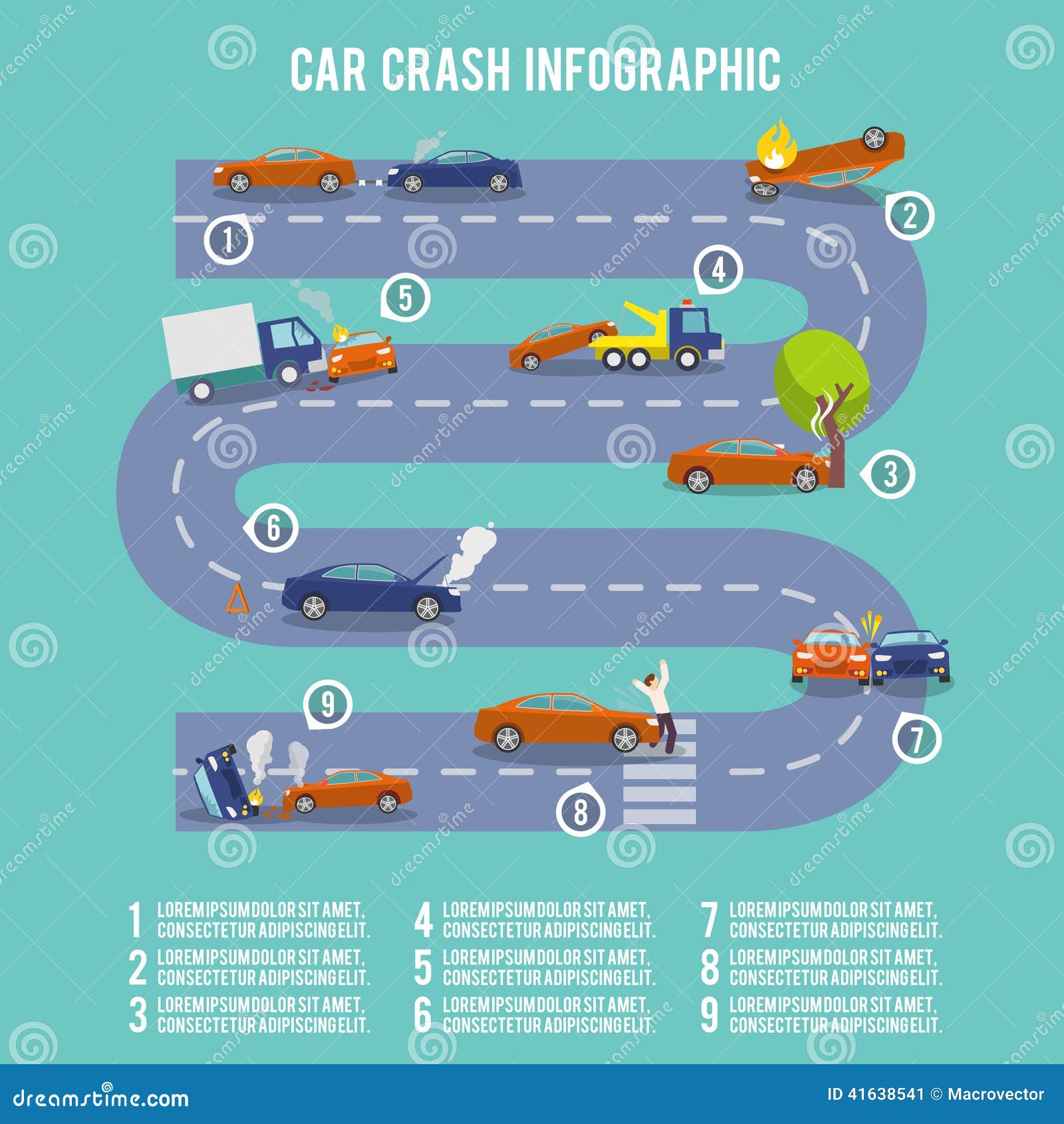Why Regular Tire Upkeep Issues: A Detailed Technique To Tire Inspection And Rotation
Why Regular Tire Upkeep Issues: A Detailed Technique To Tire Inspection And Rotation
Blog Article
Short Article Created By-Dissing Bondesen
Ensuring your tires remain in top condition is more than just a regular task-- it's a safety and security essential for each trip you start. From keeping appropriate atmospheric pressure to inspecting for deterioration, the health and wellness of your tires straight influences your car's efficiency and your health when traveling. Yet what are trailer brake repair to take to keep your tires in prime shape? Allow's check out the crucial elements of tire upkeep that you shouldn't forget.
Advantages of Routine Tire Maintenance
Normal tire maintenance offers a variety of advantages that can improve your driving experience and ensure your security when driving. By maintaining your tires effectively inflated, you boost fuel efficiency, saving you cash at the pump.
Well-kept tires also offer much better grip, decreasing the risk of accidents, especially throughout severe climate. Appropriately aligned and well balanced tires cause a smoother trip, minimizing vibrations and enhancing general vehicle handling.
Frequently rotating your tires advertises also step wear, extending their life expectancy and conserving you from premature substitutes. Additionally, keeping the right tire stress can protect against blowouts and apartments, reducing the possibilities of unanticipated failures on the road.
Tire Evaluation Standards
When evaluating your tires, it's important to take note of different essential aspects to ensure they're in optimum condition for safe driving. Beginning by checking the tire pressure making use of a pressure gauge to ensure it matches the supplier's recommended level.
Inspect the step deepness by putting a cent upside down into the walk grooves; if you can see every one of Lincoln's head, it's time for new tires. Look for simply click the following internet page of signs of irregular wear, which may suggest alignment problems or inappropriate inflation.
Check for cuts, bulges, or cracks on the tire sidewalls, as these can result in blowouts. In addition, take a look at the tire valves for damages or leakages. Remember to check all four tires, including the spare if appropriate.
Proper Tire Rotation Techniques
To guarantee also wear and expand the life-span of your tires, it's essential to adhere to correct tire turning techniques. Regular tire rotation aids disperse wear evenly throughout all 4 tires, advertising longer walk life and boosting total efficiency. Beginning by inspecting your car's handbook for the advised rotation pattern. Commonly, front-wheel-drive, rear-wheel-drive, and all-wheel-drive vehicles have various rotation patterns to represent differing wear patterns.
For the majority of cars, the suggested tire rotation period is every 6,000 to 8,000 miles, yet this might vary, so it's critical to consult your handbook.
When turning your tires, swap the front tires with the rear tires, moving the left rear tire to the left front position and vice versa. Bear in mind to likewise go across the back tires to the opposite sides when relocating them to the front. This simple yet reliable rotation strategy helps guarantee that all tires put on equally, maximizing their lifespan and keeping optimal efficiency.
Final thought
Make certain to focus on regular tire maintenance to maintain your car running efficiently and securely. By complying with simple evaluation standards and appropriate rotation methods, you can expand the life-span of your tires, improve fuel efficiency, and enhance general performance on the road. Don't forget the value of looking after your tires - it's a tiny initiative that can make a large distinction in your driving experience.
